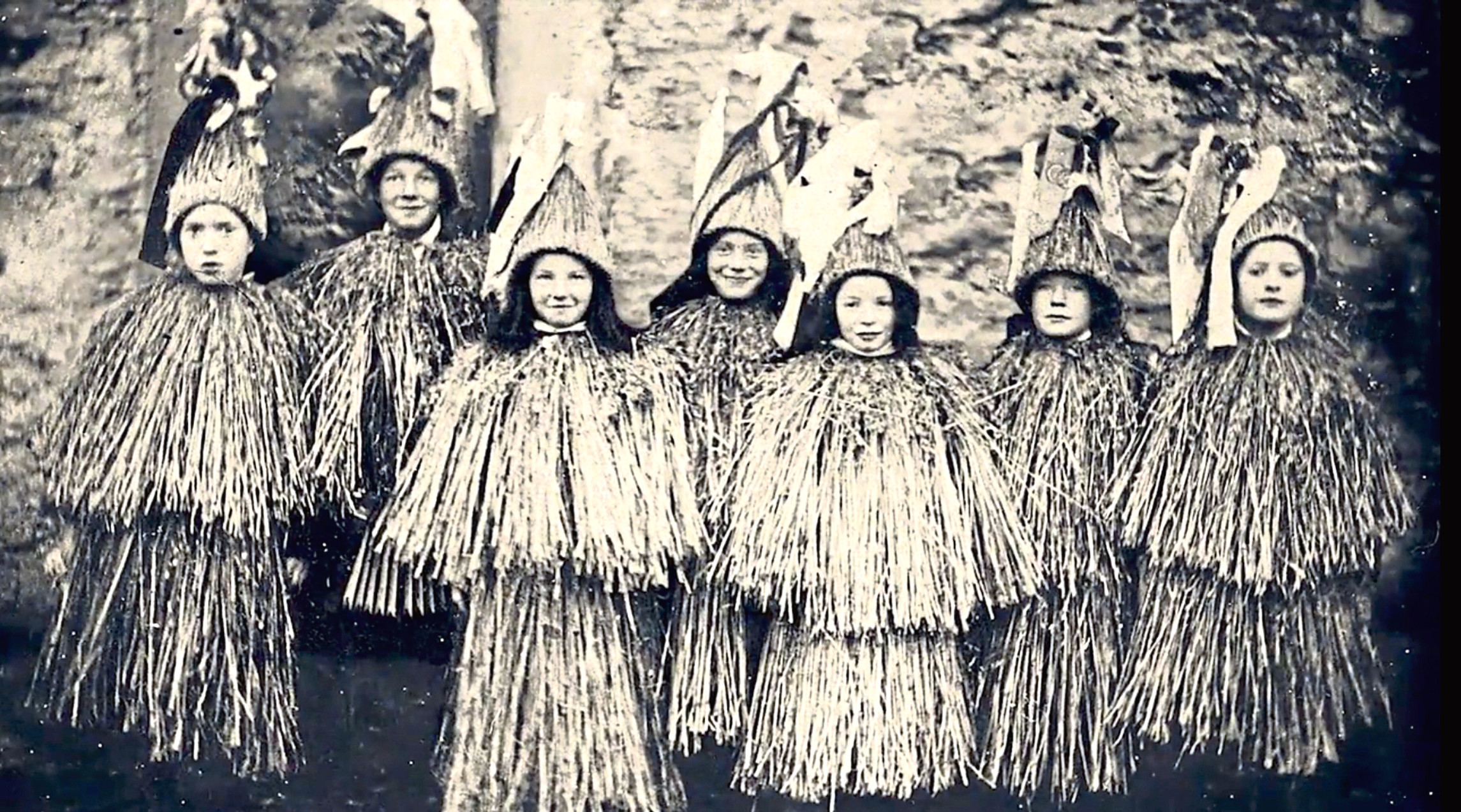Trick or treating on halloween first began in scotland in medieval times and was known as guising

Trick-or-Treating: Unveiling the Origins of Halloween Guising

Trick-or-treating, a cherished tradition deeply embedded in Halloween celebrations, has become synonymous with children in colorful costumes eagerly going door to door, collecting treats from their neighbors. However, this beloved custom did not originate in the United States. Surprisingly, it can be traced back to medieval Scotland, where it was known as “guising.”

The Origins of Guising in Scotland
Scotland, with its rich cultural heritage, played an integral role in shaping Halloween traditions. The historical roots of guising, which served as the precursor to modern-day trick-or-treating, can be found in medieval Scotland. During the Celtic festival of Samhain, celebrants would go from house to house, wearing disguises or “guises,” and exchange songs, verses, or prayers for food or money. These exchanges were believed to bring good fortune and ensure that the spirits of the dead would not cause harm.
Samhain, Spirits, and Offerings
Samhain, marking the end of the harvest season and the beginning of winter, held great significance in the Celtic calendar. It was believed that on this night, the realm between the living and the dead would blur, allowing spirits to roam freely on Earth. To appease these supernatural entities, people offered them food and welcomed them into their homes.
Christian Influences on Guising
In the 8th century, the Christian Church established November 1st as All Saints’ Day, also known as All Hallows’ Day or Hallowmas. To accommodate the existing Celtic traditions, the night before All Hallows’ Day became known as All Hallows’ Eve, eventually evolving into what we now celebrate as Halloween.
Trick-or-Treating Transitions
As time went on, the practice of guising gradually changed. In the late 19th and early 20th centuries, Scottish and Irish immigrants brought Halloween traditions, including guising, to North America. Over time, guising evolved into what we now know as trick-or-treating, gaining popularity throughout the continent.
The Evolution of Trick-or-Treating
Trick-or-treating continued to evolve throughout the 20th century. It shifted from being a community-based activity, where children would perform songs or skits in exchange for treats, to a more door-to-door practice. Children would dress up in costumes, knock on neighborhood doors, and simply ask for candy, adopting the familiar phrase, “trick or treat,” as a playful threat to perform mischief if not rewarded with treats.
Preserving Traditions in Modern Times
As Halloween gained popularity in the United States, trick-or-treating became closely associated with the holiday. It evolved into a cherished tradition for children, providing them with an exciting opportunity to dress up, explore their neighborhoods, and collect an array of sweet treats. Today, communities continue to celebrate this annual event, fostering a sense of unity and fun among neighbors.
Related Posts
Quick Links
Legal Stuff

